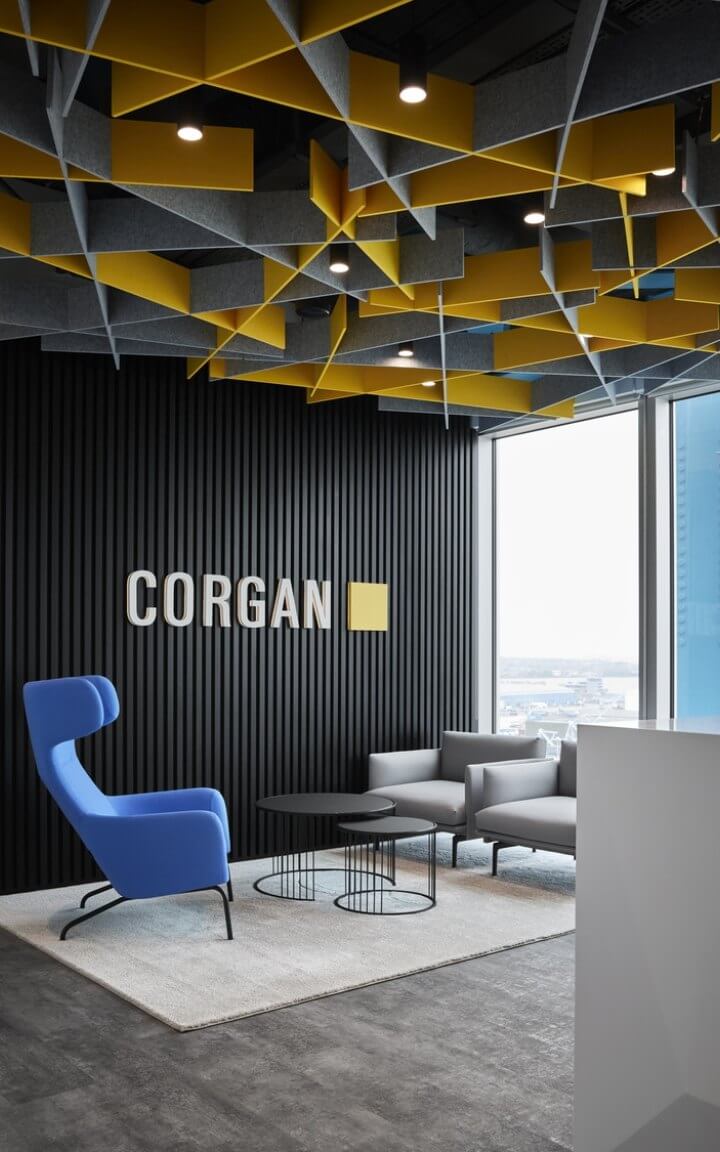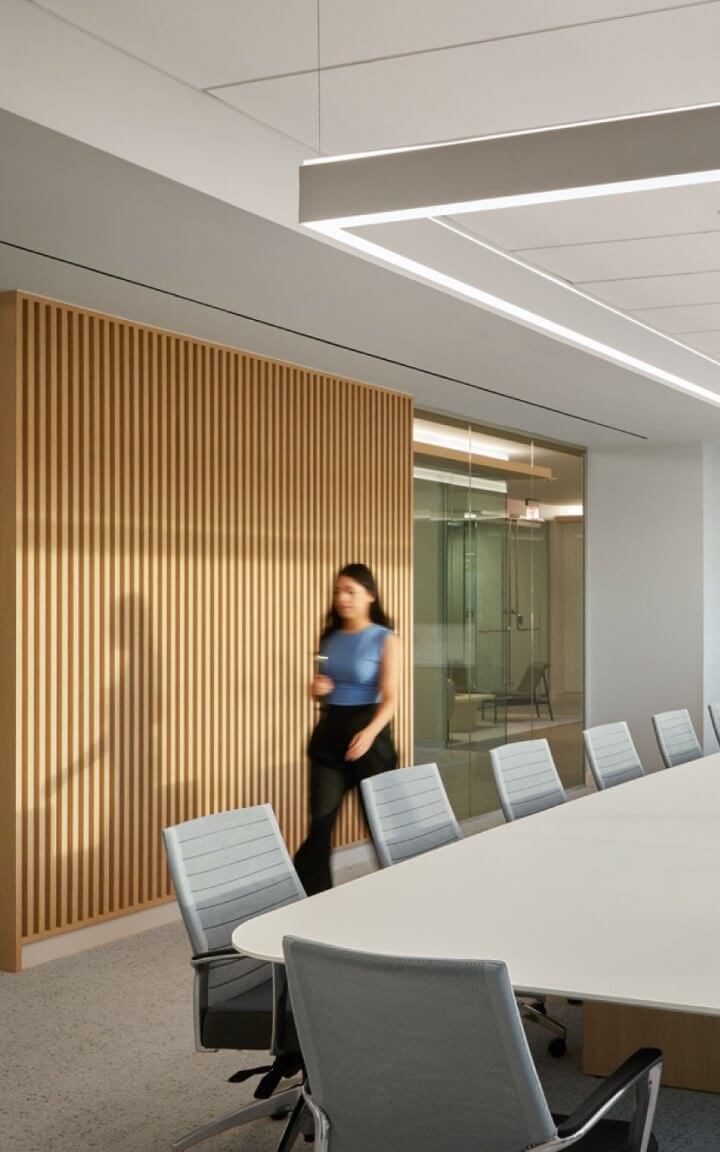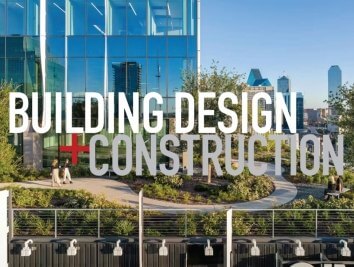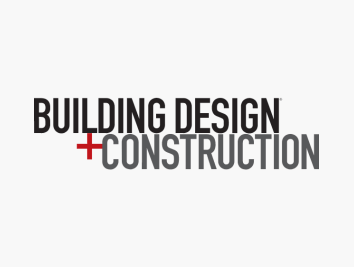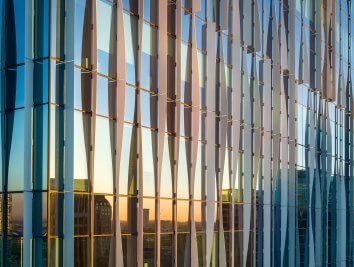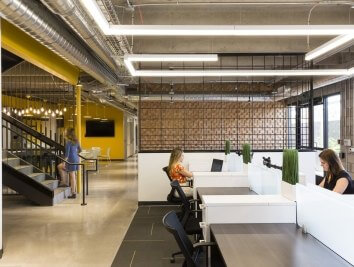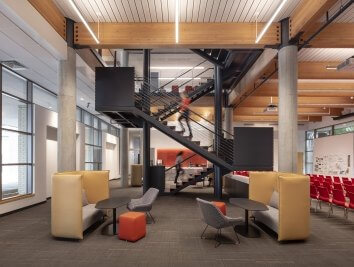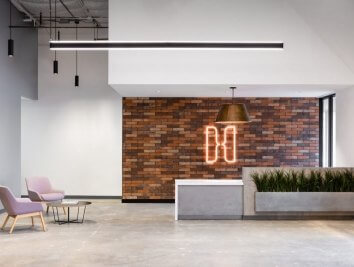A Healthier Corgan: Dallas Headquarters WELL Gold Certified

Corgan is proud to announce our Dallas headquarters is now WELL Gold Certified. After designing more than 50 million square feet of workplaces in the past five years including the first WELL-certified building in Texas, Corgan is investing in big and small changes that add up to better employee health and well-being, prove to boost productivity and engagement, and ultimately demonstrate our commitment to our staff. Keeping people at the heart of our office design and decisions, our goal is to add meaningful value and enhance the human experience, health and well-being of everyone that enters our doors. Our more than 25 WELL APs articulate our commitment to creating spaces at Corgan and for our clients that are at the forefront of human-centric design. We are thrilled to be part of the IWBI member program and demonstrate our commitment to buildings and communities that help people thrive. We’re proud to join the other organizations and companies of the IWBI membership program who are actively supporting the movement toward advancing human health in buildings and communities around the world. Take a look at why we’ve made the commitment to WELL and how it is shaping the future of wellness.
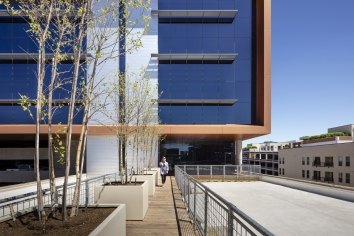
Step into the Future of Wellness
No matter where you office, your office has never mattered more. COVID-19 has forever changed the ways we think of our built environments and where we work — accelerating the adoption of remote work options and added flexibility. For the modern discerning workforce, the office must compete with the comforts and convenience of home — providing a space that not only increases efficiencies, encourages positive collaboration and community, and creates a sense of belonging and culture, but also holistically cares for their wellbeing. As initiatives such as LEED (Leadership in Energy and Environmental Design) inspire more sustainable buildings and responses to the COVID-19 global pandemic underscore the impact of spaces on our health and safety, the WELL Building Standard provides employers with a powerful tool to respond to the heightened demand for a healthier, more human-centric workplace.
The WELL Building Standard is a performance-based system for measuring, monitoring, and certifying specific features of the built environment that impact the our physical, mental, and social health. Primarily focused on seven wellness concepts: air, water, nourishment, light, comfort, fitness, and mind, these scientifically proven concepts take the guesswork out of improving occupant health while complementing organizational goals related to employee satisfaction and wellness.
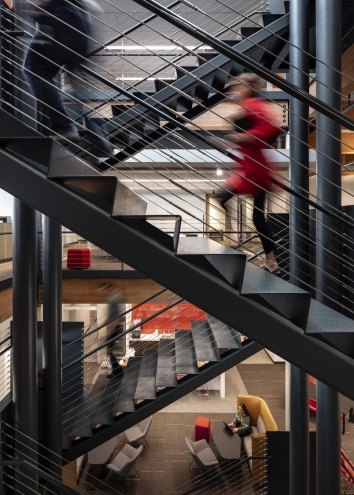
Wellness Matters
With lines between home and work increasingly blurred, office trends had ushered in an era where offices were often scored on their selection of popular local snacks, glossy gyms and fitness centers, and residentially inspired collaboration spaces. Whether in the midst of a pandemic or competing for top talent, the pressure is on for workplaces to keep pace with consumer and staff trends— creating intentional spaces that directly speak to the changing priorities and values of the workforce. Though yoga studios, gourmet food offerings, and open spaces flooded with natural light had started to gain popularity before the pandemic, we can expect a continued increased demand on spaces and experiences that improve our wellness and vitality.
Expressing a culture of wellness and balance, the WELL Building Standard provides a roadmap for employers to create space where staff feel valued and at their best. With principles that demonstrate improved satisfaction, health, and performance, WELL certification not only helps organizations better their bottom line, it is a clear articulation of their organizational spirit and values that helps to attract and retain top talent. And, after months of social distancing, when the return to the office is fraught with trepidation and anxiety, these principles offer inspiration and direction for employers as they look to reestablish trust between staff and their built environment— augmenting the operational changes and design interventions that reinforce best practices, prioritize safety, and protect the health of their organization. Partnered with wellness initiatives and programs, WELL strategies demonstrate an investment in the long-term health and wellbeing of staff, beyond the immediate responses to COVID-19 that show a lasting commitment and benevolence categorized by authentic care and concern— a critical component to meaningful engagement and trust.
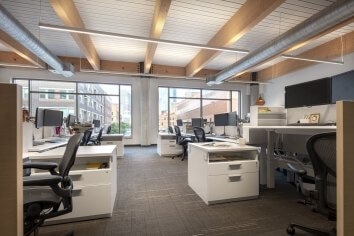
Take a Look Around
At Corgan, we know that helping our clients design spaces where they can thrive starts with us. As the first WELL Certified architecture firm in Texas, our renovated office space taps into big and small WELL interventions that creates a space that is distinctly ours— combining the science of the WELL building standard and the beauty of our brand to more authentically articulate our work and firm culture. In the context of a global pandemic, pursuing WELL has also provided an opportunity for our firm to respond to an expanded notion of wellness— one that demands ambient interventions that not only promote good health but also quickly respond to threats on individual and organizational wellbeing.
Community
With more options for where and when to work, the office remains an attractive space especially because of the sense of community and belonging it affords. After months of social distancing, we can expect an increased appetite for human connection, team bonding, and cultural engagement. The WELL Community concept aims to support access to essential healthcare and accommodations for new parents while establishing an inclusive, integrated community through social equity, civic engagement, and accessible design. At Corgan, we’ve increased transparent communication of the health services and benefits available to support our employees through the pandemic as well as several other life milestones. From promoting wellness incentives and progressive paternal leave to onsite vaccinations and universal design, investing in community design feature and policies demonstrates our strong social values while elevating the collective health and satisfaction of the firm.
Cleaning High-Touch Points
Hand washing combined with water and air quality, material selection, and site maintenance are some of the most effective ways to mitigate the spread of germs. Having clean facilities and properly maintaining high touch points while also opting for materials that are easy to replace or sanitize can help mitigate the spread of pathogens, bacteria, and viruses. Media air filters and enhanced ventilation work in concert with several diverse strategies including source elimination, active and passive building design and operations, and human behavior interventions to improve the indoor air quality throughout the life of the building.
Comfort and Control
The WELL building standard combines the benefits of lighting, thermal and sound controls to promote optimal health, productivity, and overall satisfaction. Seamlessly integrating circadian optimized lighting, reducing glare with shaded exterior glazing, and maximizing exposure to natural light, for instance, collectively create a lighting environment that supports positive mental health while removing common workplace challenges related to dimly lit areas or excessive contrast and brightness. An improved HVAC system design and control helps meet individual preferences while electrochromic SageGlass improves thermal comfort, which is often one of the most influential factors in the overall satisfaction of the built environment. A sound map evaluates the acoustical performance that shapes how occupants experience the space— identifying spaces for collaboration, quiet work, socialization, and privacy. Zoning these spaces empowers staff to understand the intended use of these spaces and select the appropriate setting for their task.
Keeping People at the Center of Design
In addition to safety responses such as mask requirements and social distancing recommendations, perhaps one of the most profound impacts of COVID-19 has been the added value we place on our individual and collective health and wellbeing. In our progressively more and more connected world, we have experienced the deep impact that spaces and people can have on our personal health and safety. Our increased awareness of our surroundings will likely outlast many of the immediate restrictions and responses to the pandemic— accelerating the growing demand for experiences and places that consider the health and wellness of the whole person. From ambient wellness interventions such as circadian lighting or improved air quality to amenities such as gyms and clean food options that encourage healthier decision-making, the office continues to be challenged to respond to a resounding call for spaces that prioritize our mental, physical, behavioral, and social health.
The WELL building standard, while finding added relevancy in the midst of the pandemic, offers the enduring benefit of keeping people at the center of design with lasting benefits beyond any singular threat or moment in time. Rather, these seven principles provide a customizable plan that do more than help us return to work safely—they help us reestablish trust, improve bottom lines, recruit and retain top talent, promote a healthier, happier workforce, and demonstrate our investment in the people and culture of our organizations.
